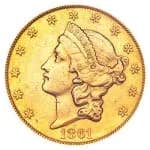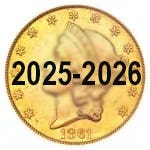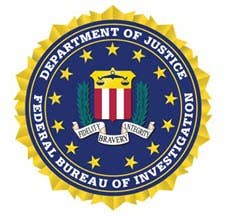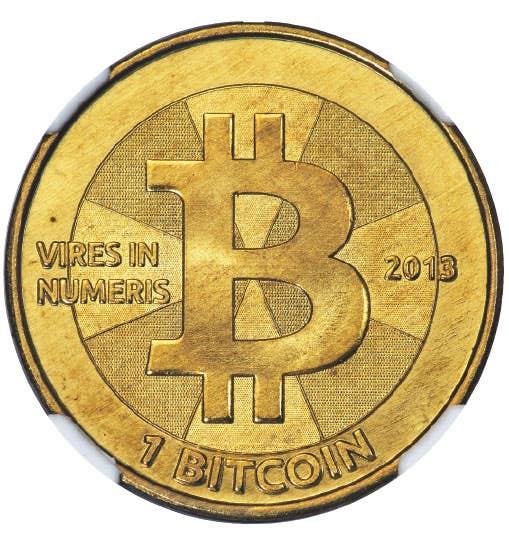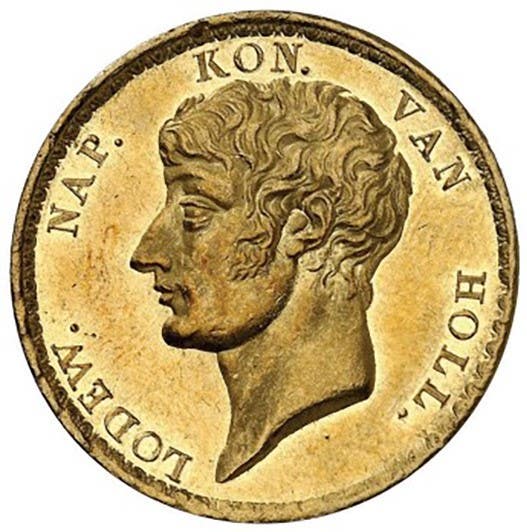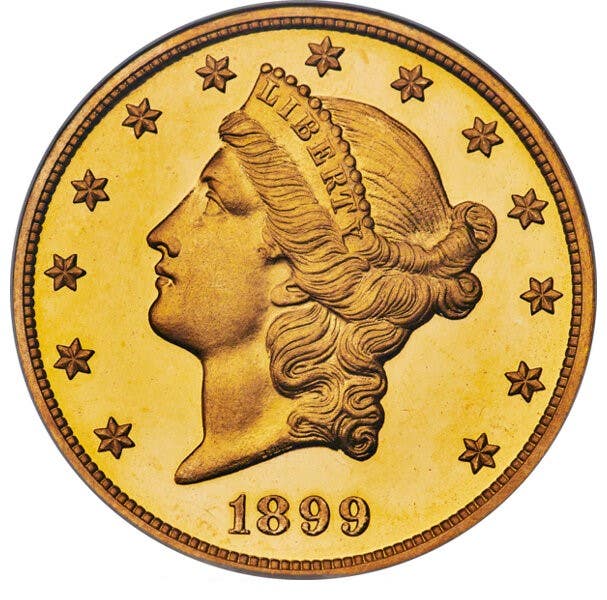A routine authorization of a bill calling for a copper-coated steel cent among other things was derailed May 6 in a political power struggle in the House of Representatives and a difference of opinion between the Mint and the Congress.
No fewer than four major coin bills were scheduled to be passed rapidly on the unanimous consent calendar of the House. Instead, nothing moved.
The bills are H.R. 5512, the Coin Modernization and Taxpayer Savings Act of 2008 (steel cent); H.R. 5614, Original Saint-Gaudens Double Eagle Ultra-High Relief Bullion Coin Act; H.R. 2894, Star-Spangled Banner and War of 1812 Bicentennial Commemorative Coin Act; and H.R. 5872, Boy Scouts of America Centennial Commemorative Coin Act.
Taking a leaf from the Democrats when they were in the minority, each time a bill was brought up under a motion to suspend the rules, Republicans objected that a quorum wasn?t present.
The procedural delays were part of a week long Republican blitz to protest Democratic leadership actions, first requesting recorded votes or what was the suspension calendar ? reserved for non-controversial items like a Boy Scout commemorative coin ? which shuts down floor work each time a recorded vote is asked for, since 435 members have to have their votes recorded.
GOP members declined to approve the House?s journal from the previous day, the most mundane of functions. Then they started making motions to adjourn and, when that failed, making quorum calls.
Delays started with the first bill out of the hopper. It was the steel cent bill, H.R. 5512, introduced Feb. 28 by Rep. Zachary T. Space, D-Ohio, titled ?To authorize the Secretary of the Treasury to prescribe the weights and the compositions of circulating coins, and for other purposes.?
There is a ?buy American requirement ? ?the coins to be coined, minted, and their materials fabricated in the United States? and in a change from an earlier bill, responding to objections that delegating legislative powers to the executive branch is unconstitutional, the bill ?requires the Secretary to enter into a formal rule making process when making any determination with respect to any change in the weight and composition of any coin.?
It also ?authorizes the Treasury Secretary to prescribe manufacturing tolerances for five-cent and one-cent coins. and ?requires, for a specified period, the one-cent coin of 2009 to be produced primarily of steel (except for Lincoln Bicentennial cents).
The legislation, according to the Congressional Research Service official summary, ?revises the discretionary authority of the Secretary of the Treasury to prescribe the weight and the composition of the alloy in the one-cent coin.? It also ?extends such authority to, and requires the Secretary to prescribe the weight and composition of, the dollar, half dollar, quarter dollar, dime and five-cent coin, as well as the one-cent coin.?
In an Associated Press interview, Mint Director Ed Moy called the proposal unacceptable and stopped just short of threatening a presidential veto.
?Just a few hours before the House vote, Mint Director Edmund Moy told House Financial Services Chairman Barney Frank, D-Mass., that the Treasury Department opposes the bill as ?too prescriptive? in part because it does not explicitly delegate the power to decide the new coin composition,? the AP reported.
Last year the Mint produced just about 7.5 billion cents and 1.25 billion nickels. Both are produced at a loss. Current cost of striking a cent is 1.26 cents and it costs 7.7 cents for the nickel. Both numbers are down from cost figures compiled last year.
Delaying tactics aside, it is expected that the House will act on the coinage legislation sometime before the Memorial Day recess.
Sen. Wayne Allard, R-Colo., is expected to offer a Mint-suggested substitute in the Senate before Congress adjourns.

